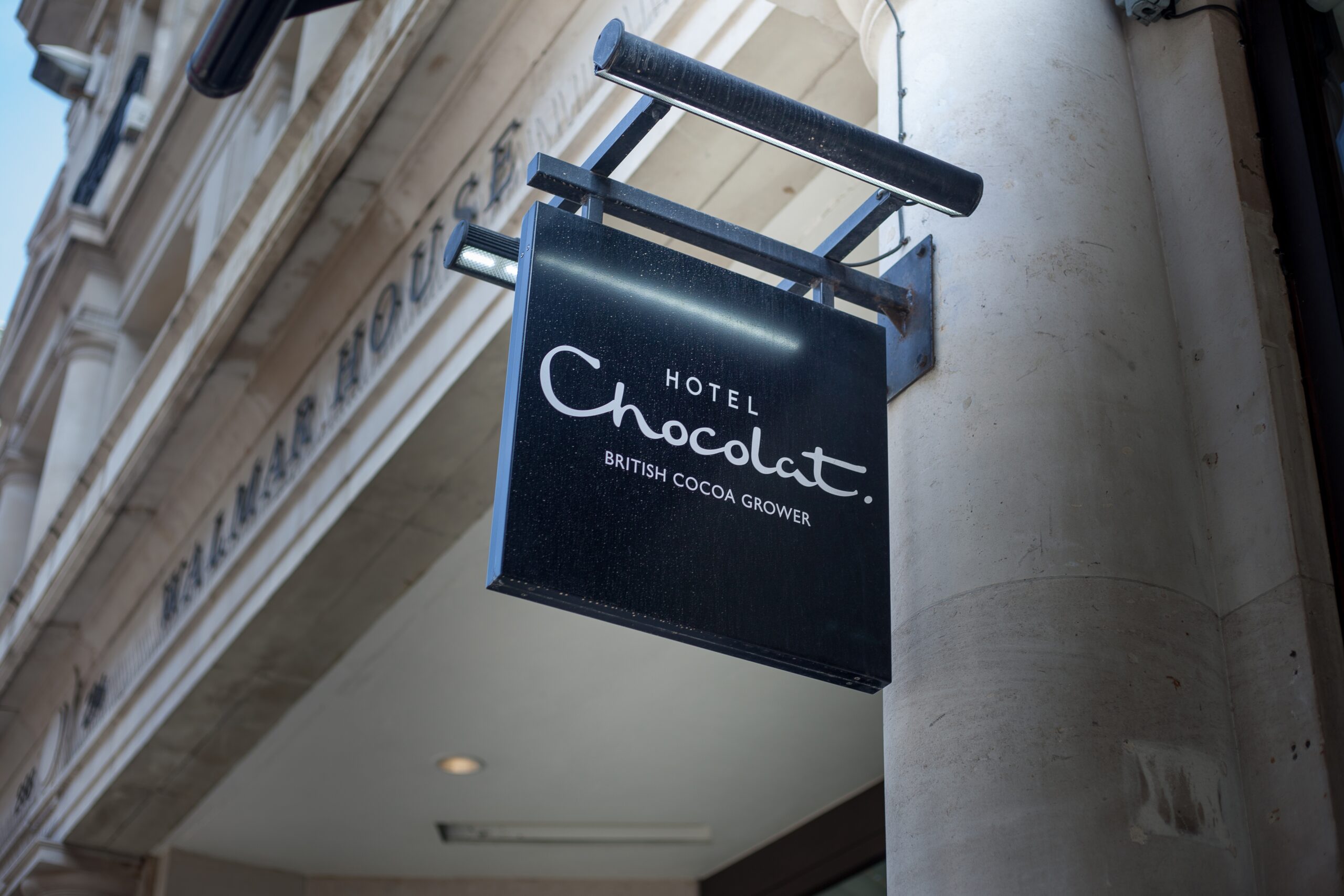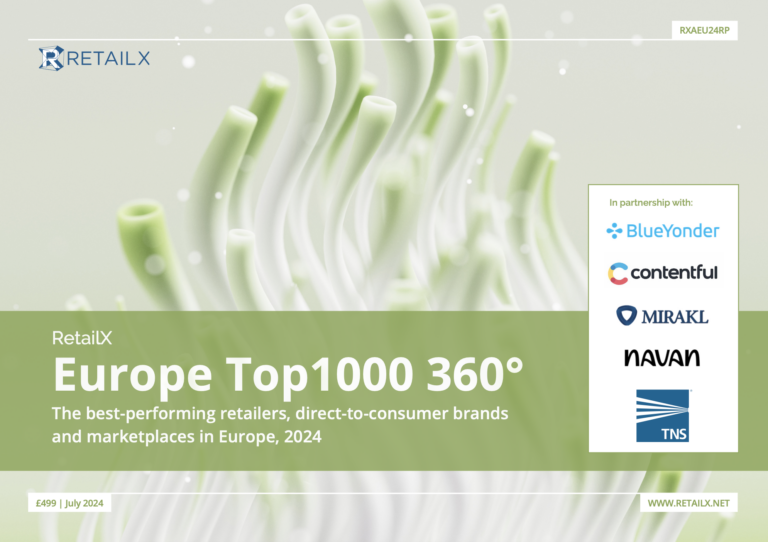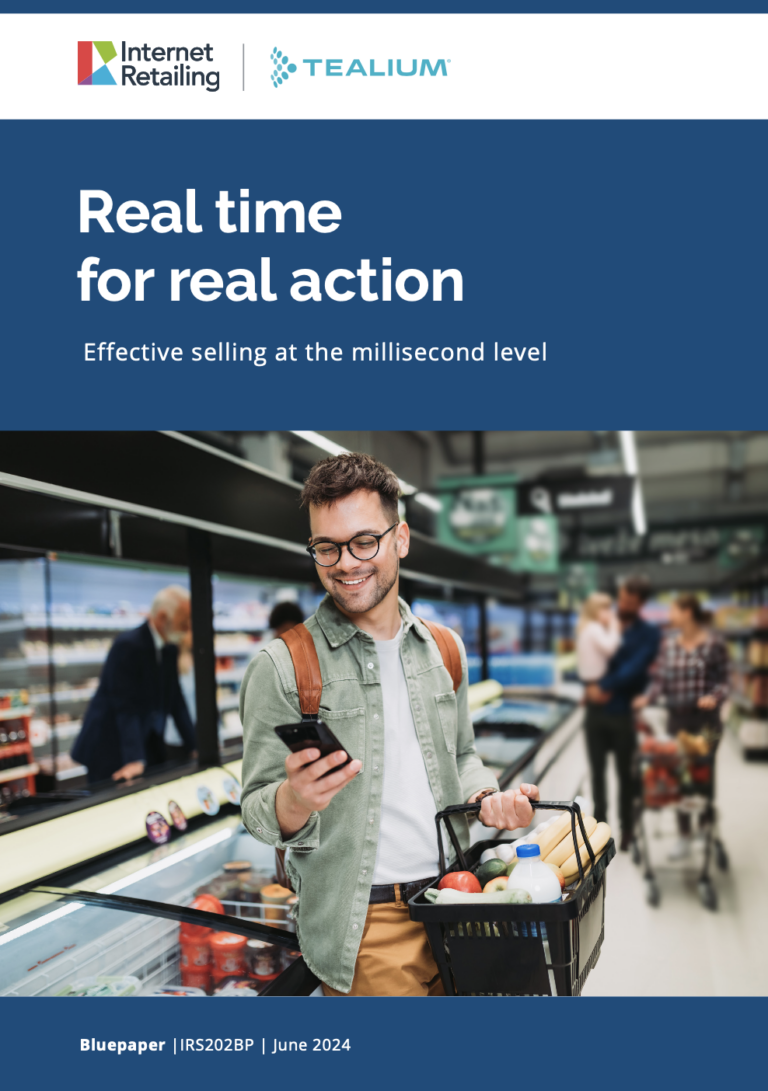Retailers need to leverage personalisation to capitalise on consumer hunger for omni-channel retail – but you can’t do it without drilling into the location targeting that mobile allows. Here in the first of a three-part deep dive into location marketing, Andrew Darling, director of marketing at blis, outlines how to make this happen and what it did for Morrisons’
Mobile is all around us today and digital technologies are changing faster than most brands can keep up with. So how can retailers keep up with consumers today and ensure their marketing and advertising activities perform well and drive people into stores to make purchases? Enter location-based advertising.
Location-based advertising is not a new tactic, but with mobile increasingly driving marketing budgets and plans in 2016, location-based strategies can open the door to new opportunities in retail. Geo-marketing can provide meaningful connections to consumers in the ‘mobile moments’ that matter most.
Location-based mobile marketing is tool that can help you target specific audiences, based on their physical behaviour patterns, interests and demographics. Mobile location-based tools allow retail marketers to discover the places your retail customers live, work and play, giving you a richer user profile that can be used to target and nurture consumers.
Location data is the “cookie” that unlocks places potential shoppers visit in the real world. Use demographic data to find potential customers who are more likely to take advantage of in-store promotions based on their income, ethnicity, age, and life stage. And retarget key audiences with an affinity for specific brands or retailers based on the locations they visit in the real world.
Get Personal
Consumers today want personalisation and they want a frictionless digital journey as they move between channels and devices. Mobile is now the extension of a retailer’s storefront, and tactics using location allow brands to send tailored, personalised messages to the consumer. More engagement comes with making that content timely and appropriate to their location.
By leveraging the right mix of proximity and behavioural ad targeting retailers can ensure they’re connecting with the right customers to drive sales and brand awareness. But mobile is also helping drive ecommerce by building awareness and engagement with your frequent customers. Imagine being able to reconnect and continually engage with consumers who have visited your physical stores or have purchased from you in the past.
Well, stop imagining because that is all possible today.
Get Creative Leverage Your Selling Points
Brick-and-mortar stores offer something that online retailers just can’t touch: A physical location and instant gratification. Leverage the in-store capabilities of friendly customer service and a chance to compare and purchase merchandise in-person. Geo-fence a radius around your stores to focus on the convenience of your location and market to those most likely to visit.
Morrisons successfully implemented it’s “Fresh in Season” campaign with Blis in 2015, to drive in-store foot traffic. Dynamic creative that automatically changed depending on seasonal offer was served – Asparagus one week, Strawberries the next, then Jersey Royal Potatoes – and automatically identified the nearest Morrisons store with a store finder map.
By marketing to those most likely to visit the store (those consumers who are close-by), Morrisons achieved a post-click conversion rate three times the retail industry average. Dynamically showing consumers the “distance to the nearest store” in your mobile ad can drive real results in terms of footfall and subsequent sales uplift.
Re-Targeting Your Existing Customers
Advertisers retarget consumers using browser cookies, so why not use “cookies” in the physical world as well? Re-engage customers who recently visited your store by using historical location data to retarget customers on any device. This is a great way to re-engage those who have recently visited a physical store location.
To execute these strategies, marketers need data they can rely on and a location data provider, like Blis, to help navigate the opportunities. These companies work with partners to measure the effectiveness of mobile advertising on consumers as well as registering sales uplift in targeted stores. These effectiveness studies were run against the Morrisons campaign mentioned above and Blis also conducted Footfall Analysis research to uncover the uplift in store visitation from those consumers who were served the ads.
In the next part, we will take a deeper dive into the methodology and results from the Morrisons “Fresh in Season” campaign.









